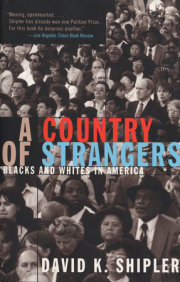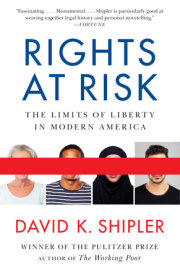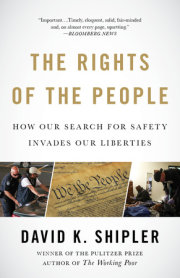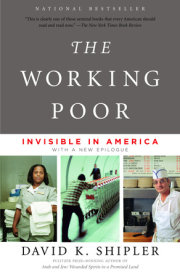Excerpt from chapter one
IntegrationTogether and SeparateClustering
When the lunch period begins, the lines dissolve in an instant of fluidity. The hallway rings cheerfully with raucous teenage slang in many tongues. A swirl of faces cascades through the corridor in a blurry kaleidoscope of colors and casts, a flood of continuous movement.
Suddenly the moment of motion is over. The hall is almost empty, the cafeteria full, the blending now fragmented and hardened into separateness. At the first long table inside the door, all the students are black. At the second, all are Russian, speaking Russian. The third is the Cambodian table, and the language is Khmer. In the far corner is another group of black students, some sitting, some standing. A couple of white tables are at the side. Integration is scattered only tentatively around the room: A black girl sits with an Asian girl, a black boy sits with a group of whites.
Edward R. Murrow High School in Brooklyn has no single racial or ethnic majority, but rather an array of groups as extensive as at any school in the country. Its neighborhood, in the Midwood section not far from Coney Island, has New York's characteristic diversity: A kosher Chinese restaurant named Shalom Hunan stands a couple of blocks away on M Street. By all accounts, relationships among the students are fairly congenial, with markedly less friction than elsewhere. Yet the clustering is finely tuned, and the boundaries are clear enough that, one day, students in the Council of Unity, representing every ethnic organization at Murrow, wanted to draw me a map on the board to show where various kinds of people congregated before school, after school, and during free periods.
Andrea, who is half Dominican, drew four rectangles representing the four floors (although the school is H-shaped). Beginning on the first floor, she pointed to the area near room 140, where handicapped students gathered "because that's where the elevators are," she said. "Brown lockers is the Italian world. On the stairs, the Irish. Cafeteria, black people mostly, and Russians right here. And then you have people who don't speak English. Then a mixture, by the windows."
As she continued, she got a lot of help and argument from other students, who called out instructions on filling in the pieces of their ethnic geography.
"The Avenue L entrance, that's all African-American. By the music hall, rockers, a lot of rockers."
Then to the second floor: "Near room 240, WASP, prep, AP."
"That's white world," said Kim, an African-American girl in a yellow dress with black polka dots.
"All the theater people hang out together. They're not all white," countered another black girl.
"Two-forty is the assimilation place," Andrea explained. "In between 240 and 210--Asian," and she pointed to the middle of the hallway. The others weren't satisfied with the label "Asian," and under pressure Andrea changed it to "mixed."
"The second-floor bathroom is all black," said Kim. "I know 'cause that's where I am."
Then to the third floor: at the lower-left-hand corner, near room 340, Asians and some whites; near 310, mixed. "And again, by the bathroom, it's African-American," said Kim.
"I get so confused," Andrea complained. "I want to write down 'black,' but I don't want to offend anybody, so I write 'African-American,' and it takes so much more time."
When they got to the fourth floor, the students were shouting and arguing about someone's suggestion that African-Americans bunched themselves together in the middle with Hispanics around them.
"They're dark-skinned. They're Panamanian and Dominican. They're not African-American," one black girl insisted.
"They are!" shouted another. "I know them!"
Then the argument was cut short by the key question, posed by the adviser to the Council of Unity, a young white teacher named Joseph Zaza: "Do people of other races feel afraid to walk into those areas? Is there intimidation?"
They all said yes, but as the discussion progressed, it emerged that nothing was actually done to give them that uneasy sensation--no looks, no comments. It was just a feeling inside themselves, and "feel" was the operative word.
"I just don't feel comfortable, people looking at me."
"When you walk through a place, you feel out of place."
"It's just a feeling. Nobody says anything. Nobody looks in a certain way."
"Like a new kid on the block."
"It's your basic upbringing. You're going to feel intimidated by people you don't know."
. All rights reserved. No part of this excerpt may be reproduced or reprinted without permission in writing from the publisher.












